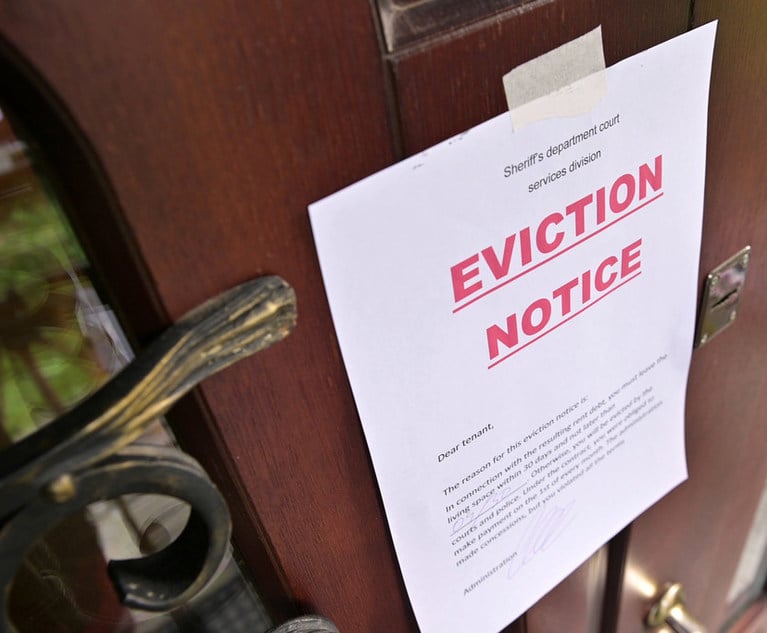As tough market conditions persist in New York City, many real estate developers are confronting financing issues and potential loan defaults for the first time in nearly a decade. Due to a series of factors, including a surplus of new supply, new tax laws that make buying more costly, and declining demand from foreign buyers, some significant projects are struggling and at risk of foreclosure. In light of the increasing number of disputes arising between lenders and borrowers, understanding the foreclosure process—which materially differs depending on the type of financing—is ever more critical. This article explores the common forms of debt financing, and the particular considerations and legal issues involved when a lender seeks to foreclose.
Mortgage Loan Foreclosures
Traditional debt financing, in the form of a mortgage loan, involves using the real property as collateral, with the attendant risk of losing the property in the event of a default and eventual foreclosure. Under a traditional mortgage loan, a creditor that wishes to foreclose on the mortgage loan must first initiate a foreclosure proceeding. The foreclosure process is often lengthy, bogged down by court proceedings, and at all times is subject to the equitable right of redemption (i.e., the right of a borrower to pay off the balance due and satisfy its loan at any time before a foreclosure proceeding is complete). See, e.g., Northwest Mortgage, Inc. v. Brown, 35 A.D.3d 682, 683 (2d Dept. 2006); Carnavalla v. Ferraro, 281 A.D.2d 443, 443 (2d Dept. 2001).


 Todd E. Soloway and Bryan T. Mohler
Todd E. Soloway and Bryan T. Mohler




